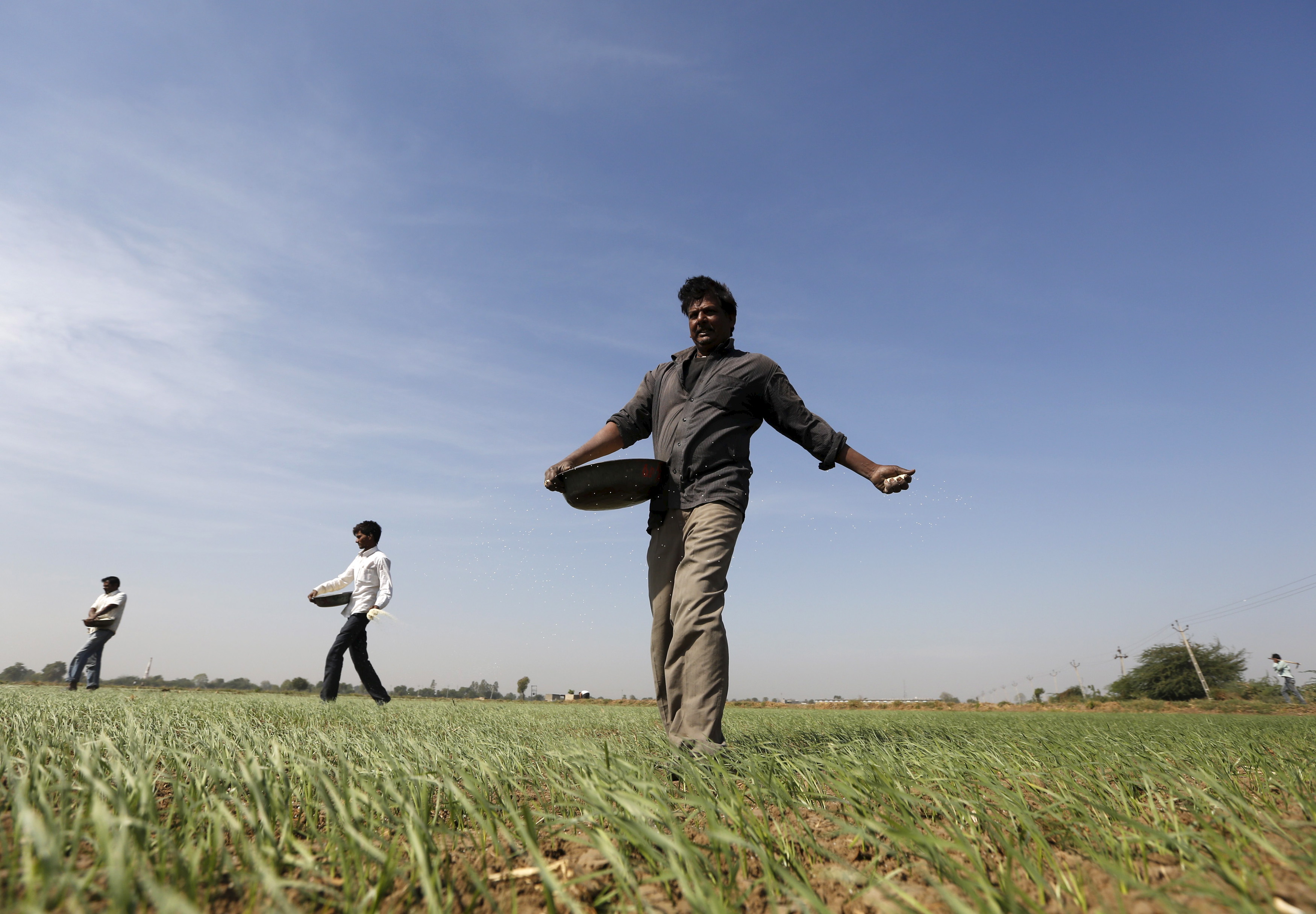New Delhi: The National Democratic Alliance’s policies since coming to power in 2014 have proven counterproductive for the farmers of the country and they would have been better off without them, a study jointly undertaken by the Organisation for Economic Co-operation and Development (OECD) and the Indian Council for Research on International Economic Relations (ICRIER) has found.
A policy indicator which reflects the effectiveness of a government’s farm policy, called the Producer Support Estimates (PSEs), stands at -6% for the 2014-16 period, implying that the NDA’s policy interventions have actually reduced gross farm revenues by 6%. Writing in the Indian Express, Ashok Gulati, chair professor for agriculture at ICRIER, explained PSEs, “A positive PSE (in percentage) means that policies have helped producers receive higher revenues than would have been the case otherwise, and negative PSE (in percentage) implies lower revenues for farmers (an implicit tax of sorts) due to the set of policies adopted.”
On an average, for the study period 2001 to 2016, the PSE for India was a dismal -14%. With a negative PSE, India finds itself in the minority as most of the countries studied by the OECD have positive PSEs, with Norway leading at almost 60%.
“A variety of trade policy measures applied in 2000-16 – such as export prohibitions, export quotas, export duties, or minimum export prices – have impeded the export of several key commodities and further contributed to depressing producer prices. For example, export restrictions or export bans were applied to wheat, non-basmati rice, chickpeas, sugar and milk at different times over the course of the period studied,” the study elucidated as the possible reasons for India’s policies not having worked for farmers.
On the other hand, India has performed well – the best, in fact, among the countries studied – on the Consumer Support Estimates (CSE) with 25%, implying that consumers have, on an average, paid 25% less for food commodities as a result of policy interventions. Thus, confirming a bias that the state has been alleged to have had towards controlling food inflation as against providing remunerative prices for farm produce.
The dire state of India’s rural economy post 2014 is also highlighted by a recent RBI study which pointed out that real wages, adjusted for inflation, have in fact declined since November 2014. In March 2018, as compared to March 2017, the real wage growth was -0.91%, implying that real wages in rural India had declined compared to the same time last year.
The OECD and ICRIER study made the following policy recommendations to improve the income levels in the rural sector while also ensuring food security:
–Rebalance the policy package to foster sustainable productivity growth
–Strengthen the role of agriculture in enhancing food and nutrition security
–Improve agricultural institutions and governance systems
–Make trade work for Indian agriculture
